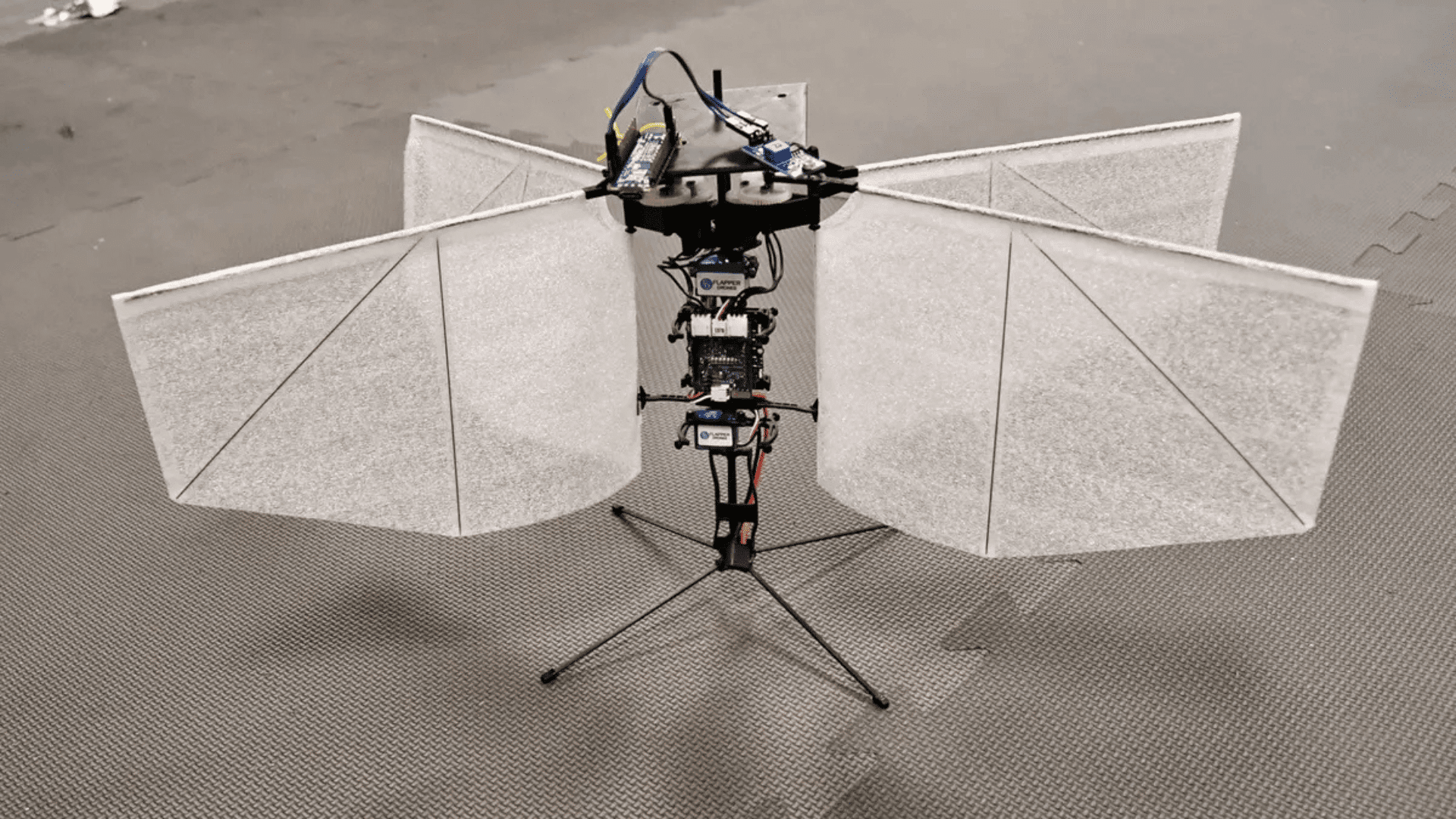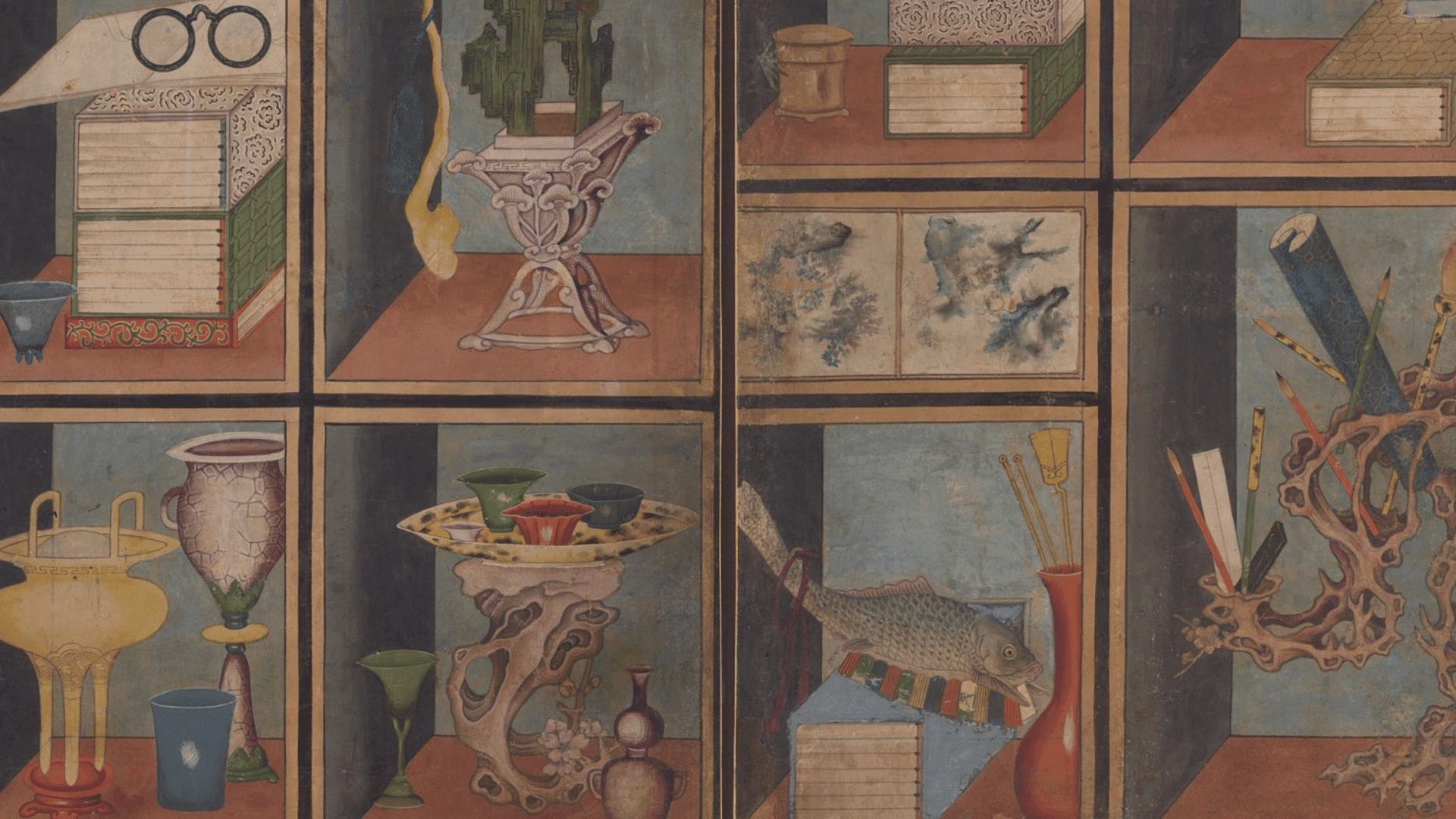A flapping-wing drone developed by researchers at the University of Cincinnati can locate and hover around a moving light source like a moth.
Moth-Inspired Drone

Led by UC College of Engineering and Applied Science Assistant Professor Sameh Eisa, the project may inspire the development of small drones for surveillance applications. Eisa and his aerospace engineering students were inspired by the flight of insects.
“The reason we’re interested is size. It’s a more optimal design. These small robots would have to fly like a moth,” Eisa said.
Similar to moths, the drone is also capable of maintaining its position in mid-air by automatically adjusting to wind and obstacles to maintain its orientation in relation to a light.
Doctoral student and the study’s lead author, Ahmed Elgohary, said the system relies on “a simple feedback, model-free and real-time principle” that may explain how small creatures fly so nimbly with limited brainpower. This project is also unique because, unlike traditional drones, it adjusts its flight in real-time using continuous feedback rather than GPS or artificial intelligence.
Each wing flaps independently to control roll, pitch, and yaw. To the naked eye, the fast wingbeats are visually a blur, similar to a hummingbird’s wings. According to Interesting Engineering, the drone’s feedback loop allows it to hover steadily, replicating the subtle sway seen in moths, bumblebees, dragonflies, hoverflies, craneflies, and hummingbirds.
The four-winged drone is made from wire and fabric and can lift off and hold its position using the extremum-seeking system. Eisa’s lab, the Modeling, Dynamics, and Control Lab, focuses on animal-inspired engineering. In earlier research, his team studied drones that could utilize soaring, similar to that of albatrosses, to fly longer distances more efficiently.
“It could change a lot of things about biophysics,” Eisa said. “If it is the case that hovering insects like moths use the equivalent of our extremum-seeking feedback, it probably evolved in other creatures as well.
The study is published in Physical Review E.







